Vikings were renowned for their viciousness in battle and their strong desire to colonize lands. They were capable seafarers who set sail and explored places where the wind and the currents took them. They conquered and pillaged towns and villages in different regions in Europe and became known as ruthless barbarians because of their prowess on the battlefield.
Norse sagas romanticized the Viking Age as they exalted their warriors who excelled in battle. Vikings sought to expand their territory despite the infighting between and among the royals in the Scandinavian territories. The prospect of riches, conquest and fame spurred them to pursue their raids until England and other regions learned to counter their attacks with a professional military force and other diplomatic and not-so-subtle maneuverings in the royal courts.
Ultimately, after several years of successful pillaging and raiding, the Viking Age fell for several reasons.
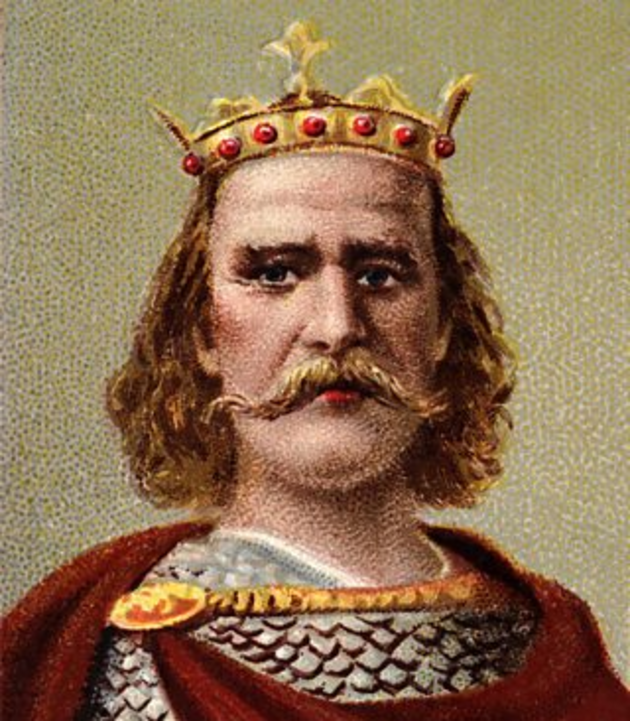
At the start of the Viking raids in England and other territories, they were merely tribes and warring regions. The petty chieftains and warlords who led these regions were easily subdued by the cunning, relatively advanced military tactics and ruthlessness of the Viking raiders. They didn’t have an organized and dedicated army to fight such aggressive invaders and so had to fend for themselves.
However, after years of enduring Viking raids, the Englishmen consolidated their forces and created a centralized government. Vulnerable regions fortified their areas with towers and other structures. They also raised a professional, trained, and well-armed army. The disciplined soldiers stood head and shoulders above the ragtag, although vicious, Viking raiders and their weapons also proved superior against the invaders. Losses mounted for the Vikings and they would retreat home unsuccessful.
Introduction of better fortifications
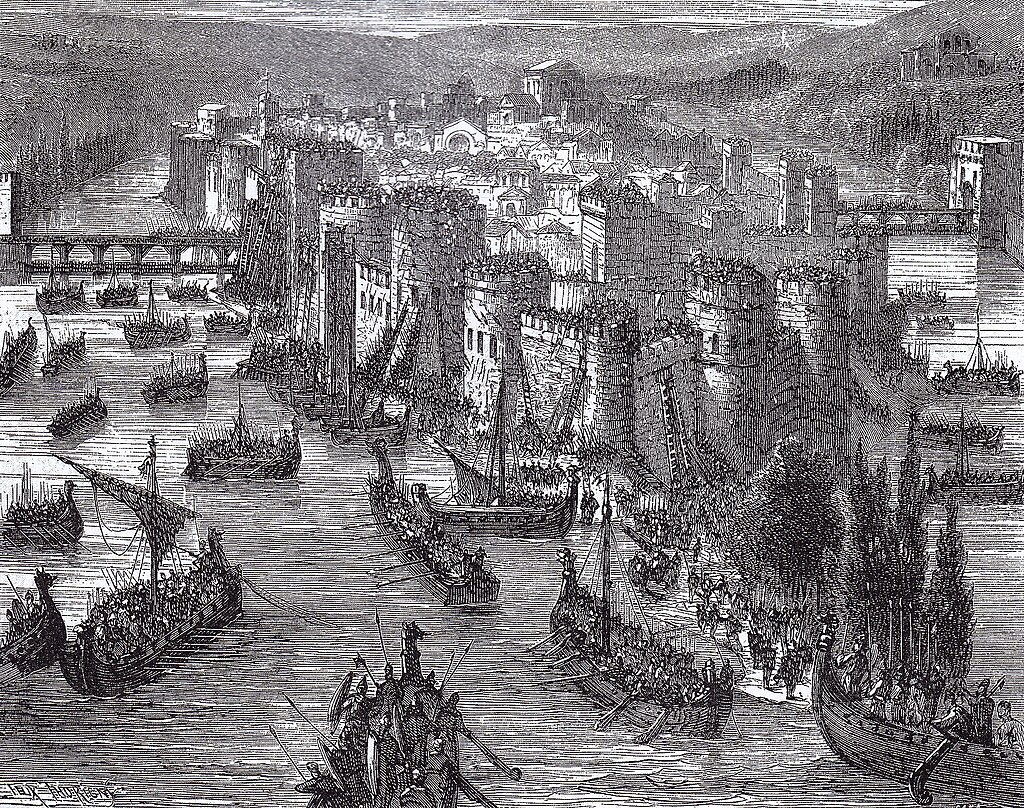
During the onset of early Viking raids, few fortifications protected villages and towns from the ruthless invaders coming from the sea. They quickly overcame vulnerable regions with their overpowering forces, intent on pillaging resources and riches. Their successful forays encouraged other Vikings to join the raiding parties hoping to acquire their share of the loot or die trying and be welcomed in the halls of Valhalla as fallen warriors.
However, as time passed, villages and towns frequently raided by Vikings began to build stronger defenses. They used better materials and engineering techniques to prevent Vikings from scaling the walls and burning them to gain entrance to their regions. With the Vikings encountering such resistance, they continued onward, looking for lesser fortified areas which they could attack. Over time, their raids became more challenging to mount as cities, towns, and villages learned how to defend themselves with higher and stronger walls.
Raids were no longer profitable
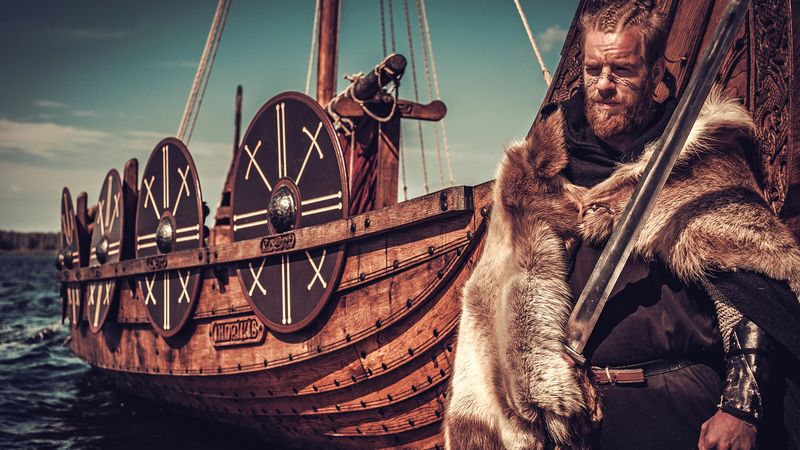
Vikings carried out raids to obtain riches. Most of the seafaring warriors didn’t have arable land in their country, and joined the raiders so they could loot and pillage and buy land when they returned home. Most expeditions needed someone to underwrite the expenses and receive a decent return on their investment once the party returned.
Most of the people who sponsored the expeditions needed to supply the longboats with the necessary provisions for the voyage and in return, they received part of the loot. However, when the Englishmen began to erect fortifications and the losses mounted, raids became less and less profitable. The process of underwriting a raid thus became a huge risk with no sure way of recouping their investment. With such prospects, and the rising toll on Viking casualties, fewer and fewer expeditions went supported by the royals until they decided to stop after the death of King Harald.
Conversion to Christianity

Most Norsemen were pagans and naturalists, and they thrived in their religion. However, Catholicism gained a small foothold in the Scandinavian regions, with missionaries accessing the area as the raiders captured them. Little by little, they successfully converted people to their side until they managed to obtain the trust of the Viking leaders. While there were flareups due to religious beliefs, the clergy’s persistence helped sway more people to believe and follow.
Slowly, Viking leaders allowed the clergy and the people to build churches inside their lands despite the disapproval of other citizens who still followed the old ways. As the priests and other clergy members gained Norse society’s respect, they began converting more people to the religion. Finally, they insisted that raiding, pillaging, and murdering other people were against the tenets of Christianity, overhauling the Viking belief system altogether. Soon enough, even Viking leaders converted and took Christian names.
Battle of Stamford Bridge
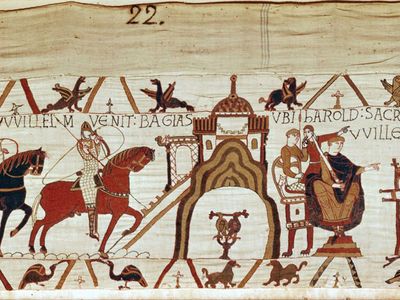
The death of King Edward the Confessor triggered a course of events that led to the pivotal battle in Stamford Bridge, East Riding of Yorkshire. His death started a succession struggle that saw several nobles willing to fight for the English throne and all the authority it possessed.
On September 25, 1066, English King Harold Godwinson and his army fought bravely against the forces mustered by the Norwegian royals led by King Harald Hardrada, one of the more respected Viking leaders and King Harold’s brother Tostig.
King Harald and Tostig’s army was quite formidable as they emerged victorious in the Battle of Fulford and received the surrender of York. They marched north, but King Harold stemmed their advance at Stamford Bridge. A furious battle ensued; in the aftermath, King Harald and Tostig lost their lives. This demoralized the invaders, and King Harold accepted their promise not to invade England again.
Death of King Harald Hardrada
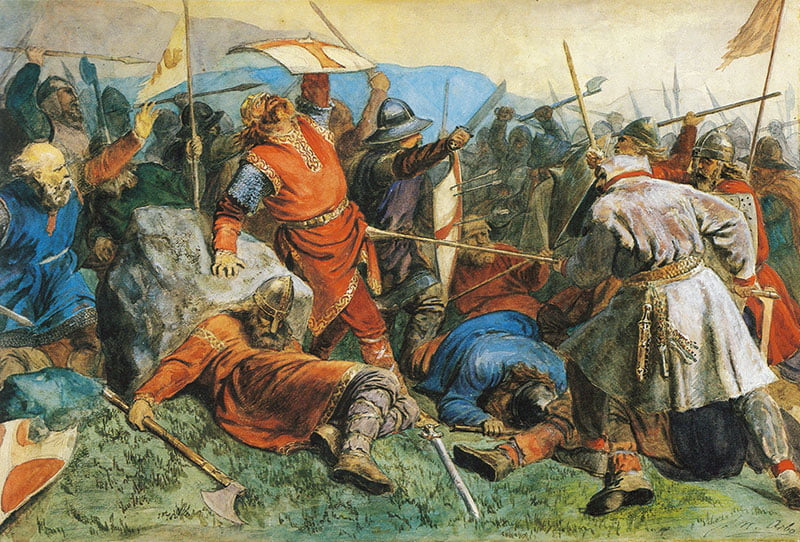
King Harald was considered one the most respected Viking leaders, and his death at the Battle of Stamford Bridge signaled the end of the Viking Age.
After amassing about 9,000 men, King Harald and King Harold Godwinson’s brother Tostig marched north. They emerged victorious in the Battle of Fulford and accepted the surrender of York. However, they demanded additional slaves and resources and continued their march northward towards Stamford Bridge in East Riding of Yorkshire. King Harold marched his army of 15,000 and surprised the invaders. They fought a tremendous battle, and both Tostig and King Harald died in the aftermath.
King Harald’s death demoralized the small band of Norwegians left from battle. Nevertheless, they accepted defeat and, led by Harald’s son Olaf and the Earl of Orkney Paul Thorfinnsson, bartered a truce for their safe passage back to Scandinavia in exchange for their promise to not raid England again.
Lack of interest
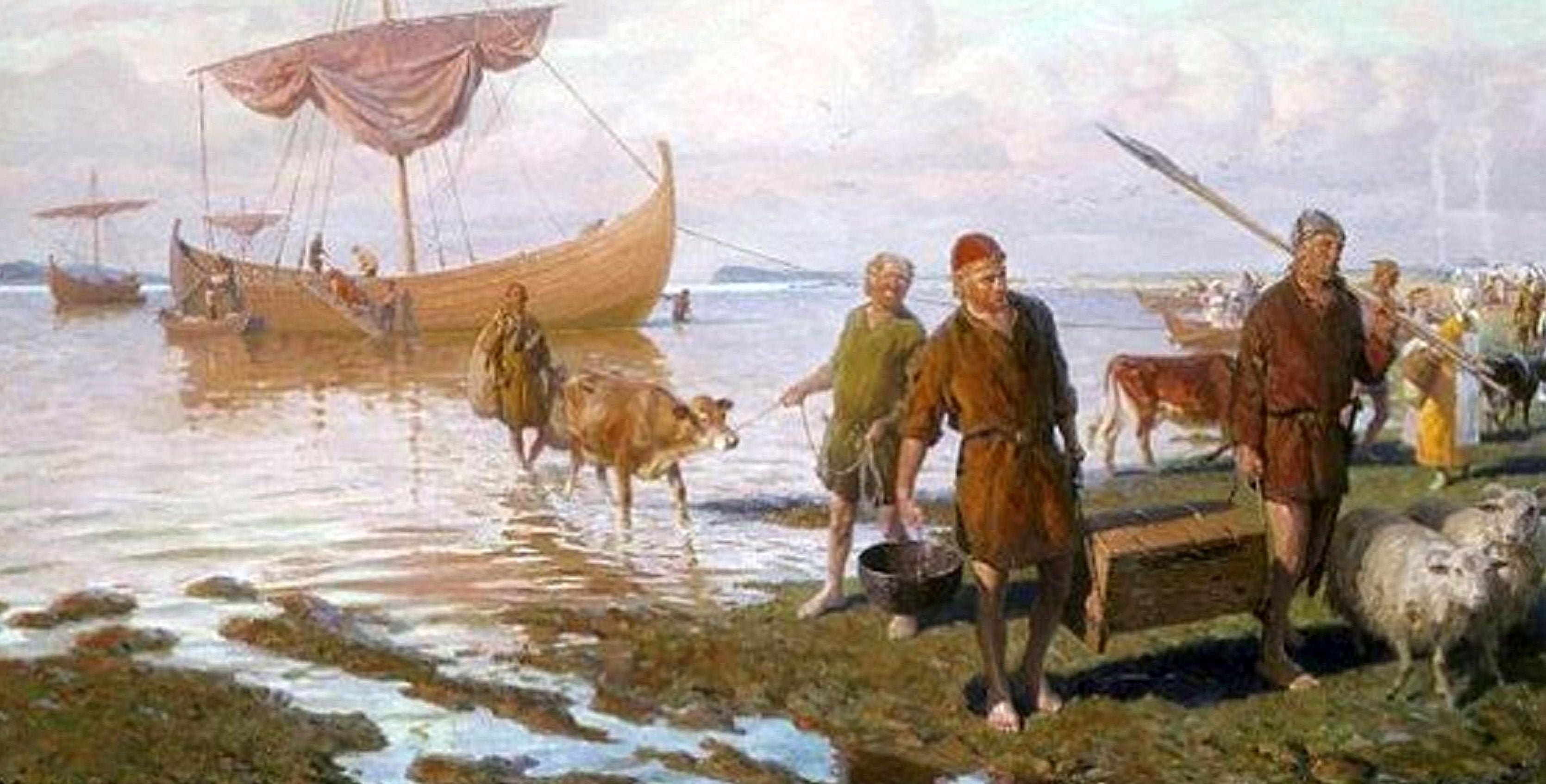
With the successful conversion of the Viking leaders to Christianity, their interest in pillaging, exploring, and expanding their territory waned. With their lack of interest in raiding for profit, unlike their predecessors, their followers also no longer pursued such opportunities, instead focusing on improving their farms or plying their trade.
Other Vikings may have continued exploring other lands but not as vicious warriors seeking to conquer territory for fame and fortune. Instead, they explored other regions so they could start colonies and live a more peaceful life as stipulated by their Christian beliefs. The wanderlust and bloodlust gradually gave way to domestic life as more Vikings turned to farming, fishing, or becoming tradespeople.
King Olaf (Later St Olaf) Haraldsson

Recognized as a martyr of the Catholic Church and a King of Norway, King Olaf Haraldsson was instrumental to the spread of Christianity in Scandinavia.
During his early years, he was a devout Viking who raided and pillaged England with his father, King Harald Grenske’s army. He was a skilled warrior and partook in several bloody battles. However, he became interested in Christianity and converted. Archbishop Robert baptized and welcomed him to the religion, perhaps in Rouen, France.
After becoming King of Norway, he sought to exterminate heathenism and wanted to establish Christianity as the basis for his rule. Accordingly, he led several incursions into pagan territory and was instrumental in demolishing temples and other important places of worship. In their stead, he constructed churches and brought in several clergymen to help spread the religion. As a result, Vikings converted to Christianity and followed its tenets, foregoing the old traditions.
Assimilation to English and European way of life
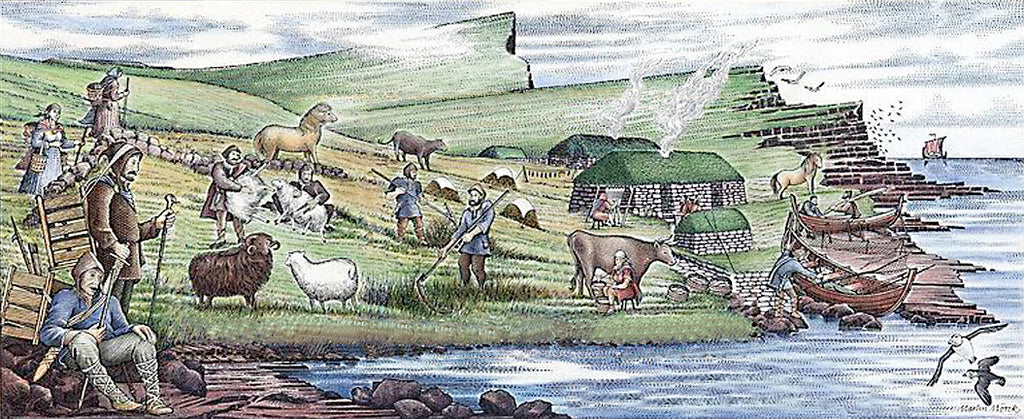
Vikings sought to establish colonies in England and other regions in Europe. They raided, pillaged, and fought for their settlements, and one can romanticize that they paid for their land in blood. However, flareups with displaced former inhabitants, armies, and other forces kept the Vikings’ colonies from being peaceful.
However, the violence ceased over time, and the Vikings began assimilating themselves into English and European communities. They married locals, established trades and businesses, and converted to Christianity. These were why the surviving Viking settlements prospered and assimilated into the kingdoms. As such, they understood the importance of living in harmonious relationships with their fellowmen and thus no longer desired to pursue bloodshed.
King William the Conqueror

Also known as William the Bastard or William I, William the Conqueror played a vital role at the end of the Viking Age. Born around 1028, he was the illegitimate son of Duke Robert I of Normandy and Herleve, a commoner. He, however, traced his lineage back to Rollo, one of the first Vikings to settle in England.
He successfully thwarted rebellion attempts in Normandy and other places. Finally, he laid claim to the English throne with the backing of the Pope and Emperor Henry IV. He fought King Harold and his army a few weeks after the Battle of Stamford Bridge and won. He was crowned King of England on Christmas Day in 1066.
Although he faced several uprisings and Viking-backed incursions, he consolidated his rule with several treaties and agreements. In addition, his long reign was marked by several critical societal changes that curbed foreign and Viking raids.
Contents
- 1 Strong centralized authorities
- 2 Introduction of better fortifications
- 3 Raids were no longer profitable
- 4 Conversion to Christianity
- 5 Battle of Stamford Bridge
- 6 Death of King Harald Hardrada
- 7 Lack of interest
- 8 King Olaf (Later St Olaf) Haraldsson
- 9 Assimilation to English and European way of life
- 10 King William the Conqueror